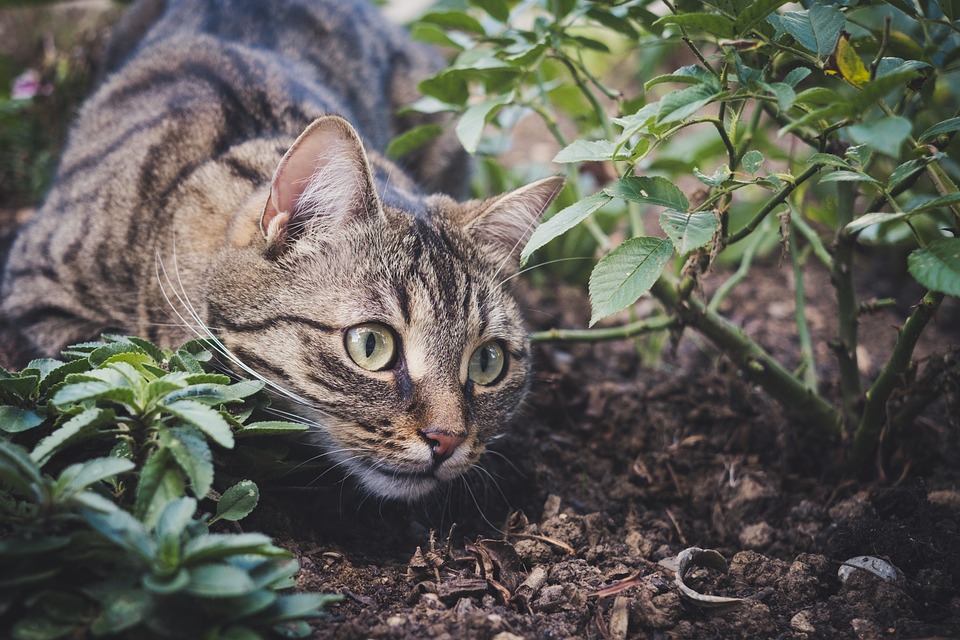Cats are known for their innate instinct to scratch. While this behavior may seem destructive and frustrating, it serves essential purposes for your feline friend. Understanding why cats scratch and providing them with appropriate outlets for this behavior is crucial for maintaining a harmonious environment in your home. In this article, we will explore the reasons behind scratching and provide practical tips on managing it as a stretching behavior. Additionally, we will address some frequently asked questions to help you better understand your cat’s needs.
Why Do Cats Scratch?
Scratching is a natural behavior for cats, and it serves various purposes:
1. Stretching and Exercise: Scratching helps cats stretch their muscles, tendons, and ligaments, promoting flexibility and preventing stiffness.
2. Marking Territory: By scratching, cats leave visual and olfactory cues that signal ownership of a particular area, establishing their territory.
3. Nail Maintenance: Scratching helps cats shed the outer layer of their claws, keeping them sharp and healthy.
4. Emotional Release: Scratching can serve as a way for cats to release pent-up energy, stress, or frustration.
Providing Appropriate Scratching Outlets
To manage scratching effectively, it’s essential to provide your cat with appropriate outlets for this natural behavior. By offering alternatives and redirecting their attention, you can save your furniture and create a stimulating environment for your feline companion. Here are some tips:
1. Scratching Posts: Invest in a sturdy, tall scratching post covered with sisal, a material that cats love to sink their claws into. Place the post near areas where your cat frequently scratches.
2. Horizontal Scratching Surfaces: Some cats prefer scratching horizontally. Consider providing a flat scratching pad or board covered with sisal or corrugated cardboard.
3. Deterrents for Furniture: Protect your furniture by using double-sided tape, aluminum foil, or furniture sprays with scents that cats dislike on the areas they tend to scratch. This will discourage them from targeting your belongings.
4. Positive Reinforcement: Praise and reward your cat with treats or playtime when they use appropriate scratching outlets. Positive reinforcement can help reinforce the desired behavior.
FAQs – Understanding Your Cat’s Scratching Behavior
Q: My cat keeps scratching my carpet even though I provided a scratching post. What should I do?
A: Ensure that the scratching post meets your cat’s preferences in terms of height, material, and stability. Experiment with different locations and consider using catnip or treats to entice your cat to use the post. If the carpet remains an attractive target, cover it with a protective barrier or use deterrents.
Q: Should I declaw my cat to prevent scratching?
A: Declawing is an invasive and painful procedure that should be avoided. It can have long-lasting negative effects on a cat’s physical and mental well-being. Instead, focus on providing appropriate scratching options and utilizing deterrents to protect your furniture.
Q: My cat scratches excessively, even drawing blood. What should I do?
A: Excessive scratching could be a sign of an underlying issue, such as allergies, parasites, or stress. If your cat’s scratching becomes severe or causes injury, consult with a veterinarian to rule out any medical conditions that may be contributing to the behavior.
Q: Can I trim my cat’s nails to reduce scratching damage?
A: Yes, regular nail trims can help minimize scratching damage. Use cat-specific nail clippers or seek assistance from a professional groomer or veterinarian to ensure a safe and stress-free experience for your cat.
Remember, scratching is a natural behavior for cats, and managing it effectively requires patience and understanding. By providing appropriate outlets, redirecting their attention, and using positive reinforcement, you can ensure that your cat’s scratching behavior remains a healthy and beneficial part of their routine.








